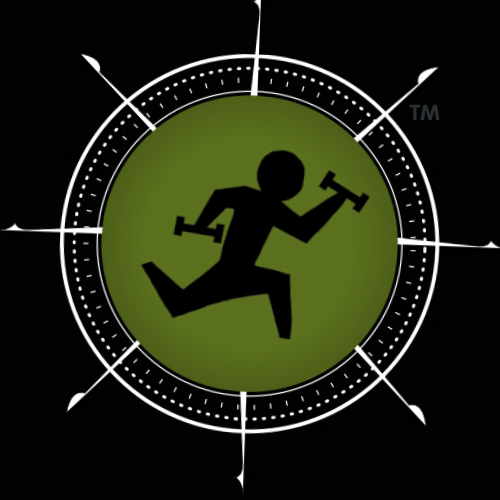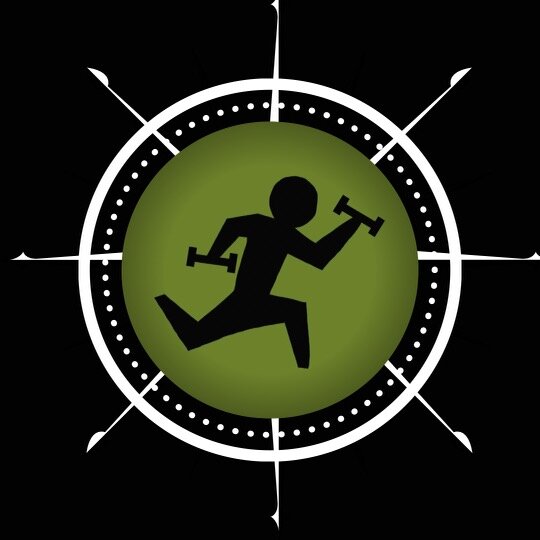Shoulder Pain: Why It Happens and What to Do About It
You weren’t made to sit all day. But here you are. Deskbound, forward-leaning, shoulders rounded, pecs locked up like a vice grip. You’re not alone. This is what happens when lifestyle meets neglect. The end result usually shows up like this: shoulder pain out of nowhere.
You didn’t feel it coming. You weren’t warned. One day you reach overhead to move a box, throw a ball, or push yourself through one more workout and it hits. Not a literal tear maybe, but the straw lands on the camel. Hard.
Now you’re in a position most people never prepare for. But let’s be honest, it didn’t happen overnight. Shoulder pain is usually the end result of years of poor movement, neglected posture, and muscle imbalances that make your joints pay the price.
Let’s break it down.
Why Your Shoulders Hurt
First, it’s rarely just your shoulders. Pain here is often a symptom of a bigger dysfunction:
Weak upper back and posterior delts
You’ve trained chest. You’ve trained arms. But your rear delts and rhomboids? Ghost town. This imbalance shifts your shoulders forward, creating inflammation in the front of the joint where most people feel it.Tight pecs and anterior delts
Sitting all day with your arms in front of you shortens the anterior chain. Over time, this contributes to rounded shoulders, bad posture, and a joint that lives in the wrong position.Lack of movement variety and control
Most people don't move their joints through their full available range. They load dysfunction and dysfunction under load breaks down.
What You Can Do About It
Before we get into the fix, here’s your first move: talk to a physical therapist. Get a diagnosis. Rule out tears, impingement, or structural issues. You want to train smart, not tough.
Once cleared, here’s what to start doing:
Move with intention
Shoulder CARs, full range arm circles, and controlled mobility work. Get your joints moving again like they were designed to. Controlled Articular Rotations are one of the most joint-safe ways to promote tissue health and proprioception.Strengthen the upper back and rotator cuff
Rear delt flys. External rotations. Face pulls. Pull-ups. These exercises will pull your scapula back into position and help reduce that chronic anterior shoulder inflammation.
Research has shown that posterior chain strengthening improves glenohumeral joint mechanics and reduces impingement symptoms (Ludewig & Braman, 2011).Stretch and open the front
Doorframe stretches, dynamic chest openers, and thoracic extension drills help restore the balance between front and back. You can’t fix joint position if the muscles holding it in place are locked short.Cut back on pressing for now
Pressing builds anterior dominance. If your shoulder mechanics are off, it only feeds the problem. Ditch the bench for a while. Use cable flys to keep the chest active while you clean up the dysfunction.Hire a coach to guide the process
Guesswork leads to surgery. Professional coaching leads to progress. You don’t have time to rehab mistakes.
Here’s the Offer
Most people will read this, nod, and do nothing. Shoulder pain will linger. Posture will worsen. The gym will get further away.
Not you.
If you're local to Boston or Southern New Hampshire, The Traveling Trainer will come to you. We bring the gym, the programming, and a high-level coach right to your driveway or office lot.
No excuses. No wasted time. No fluff.
Book a free shoulder consultation with one of our elite coaches. We’ll assess where your mobility is, where your imbalances lie, and build a real solution. Not a YouTube video. Not another prescription for rest. Real training. Real recovery.
You're one smart move away from finally getting this right.
Want to book your free shoulder consultation?
Click here to schedule your assessment or visit travelingtrainer.com.
Let’s put your shoulders back where they belong.

